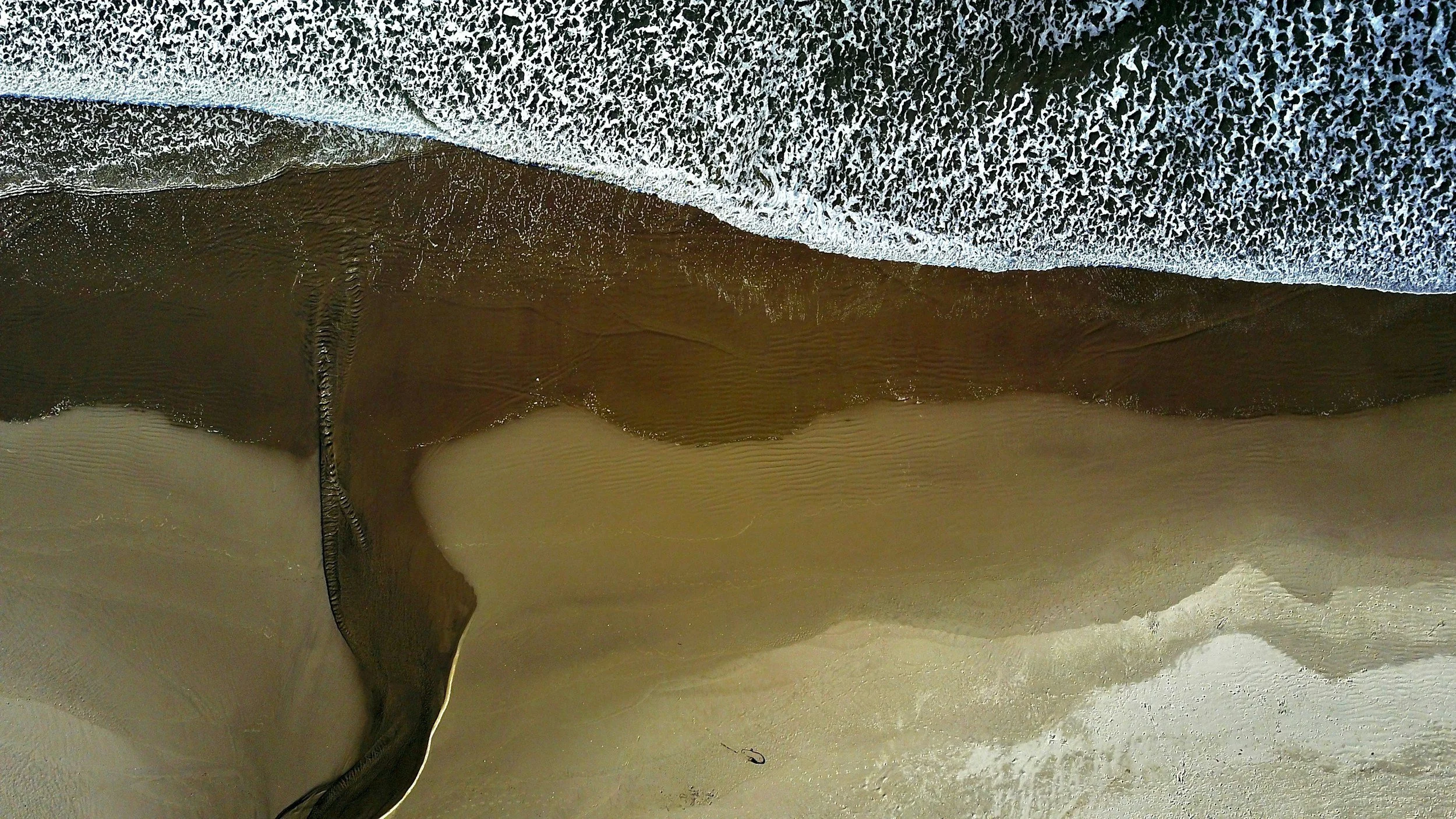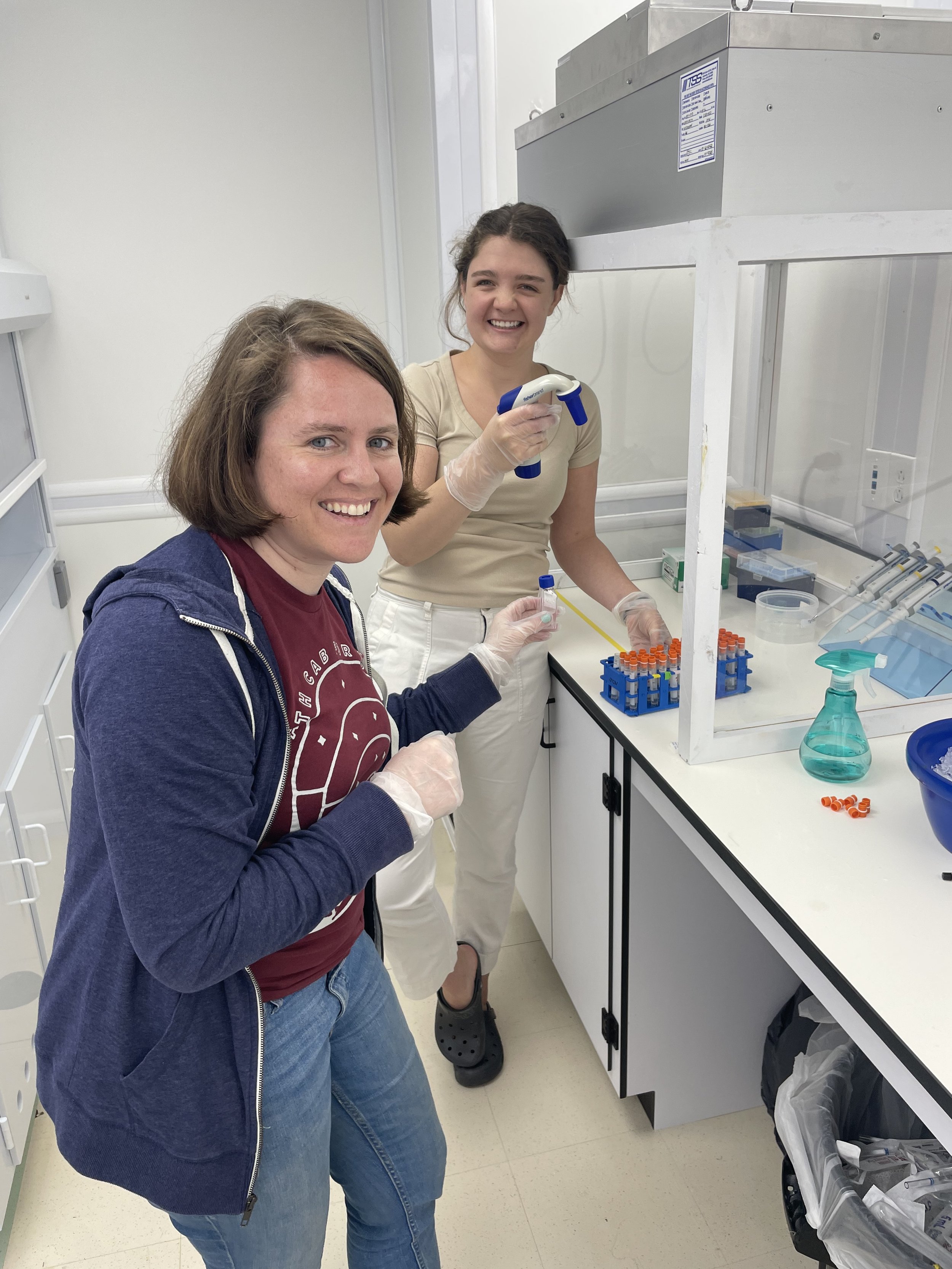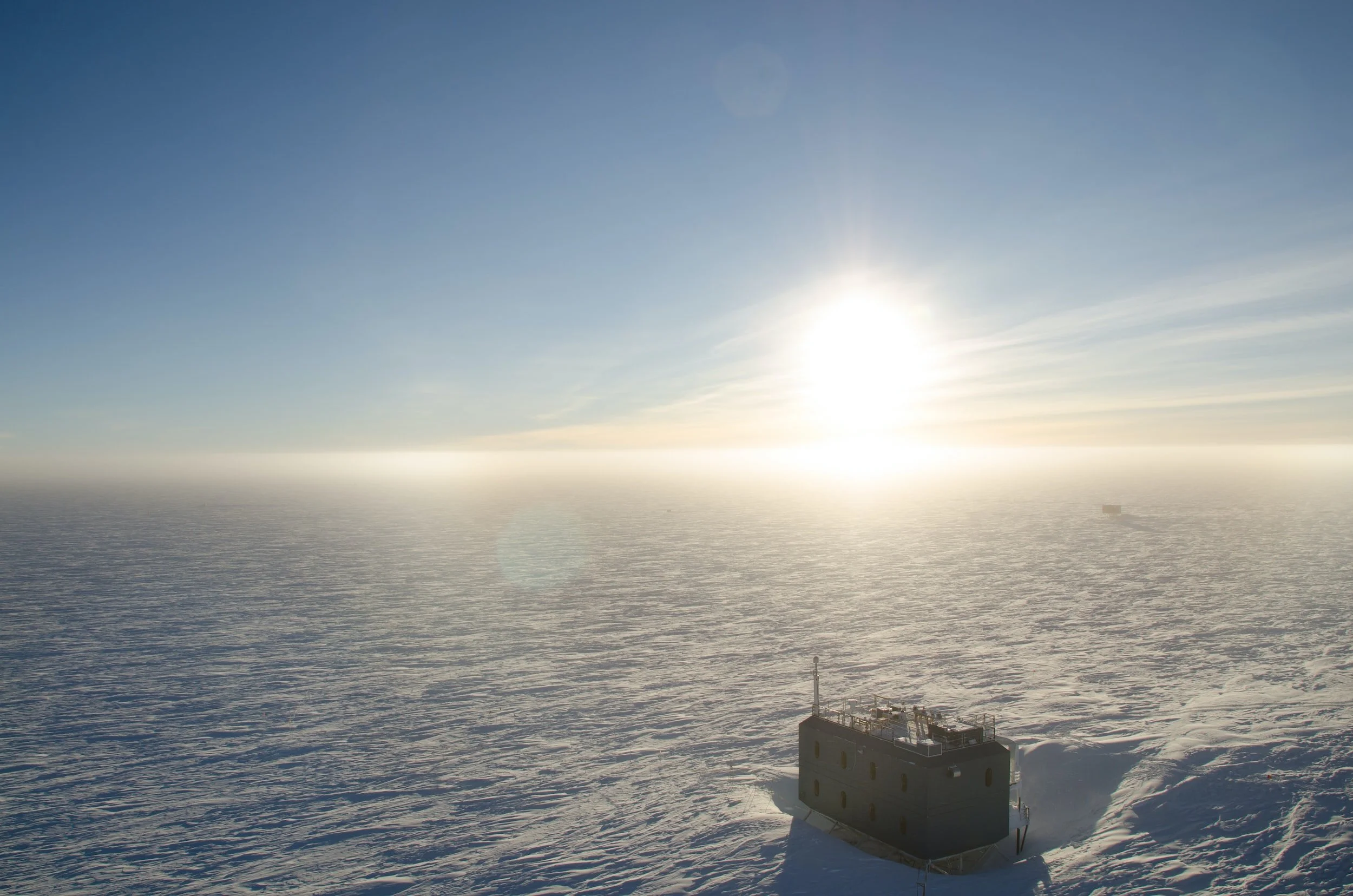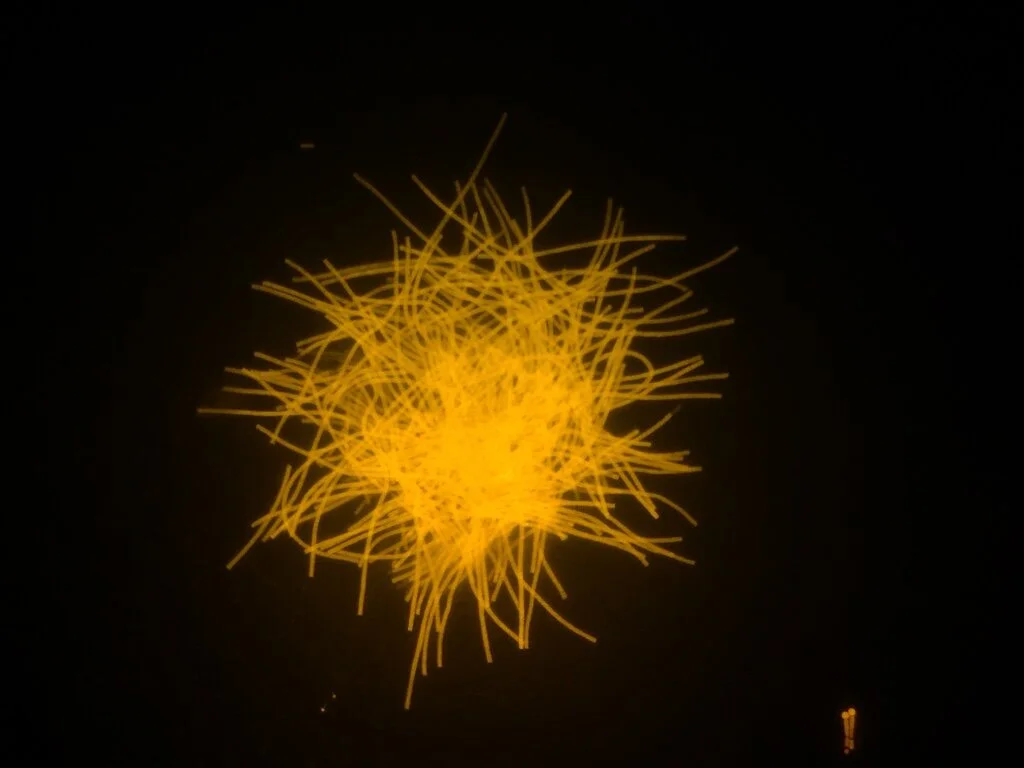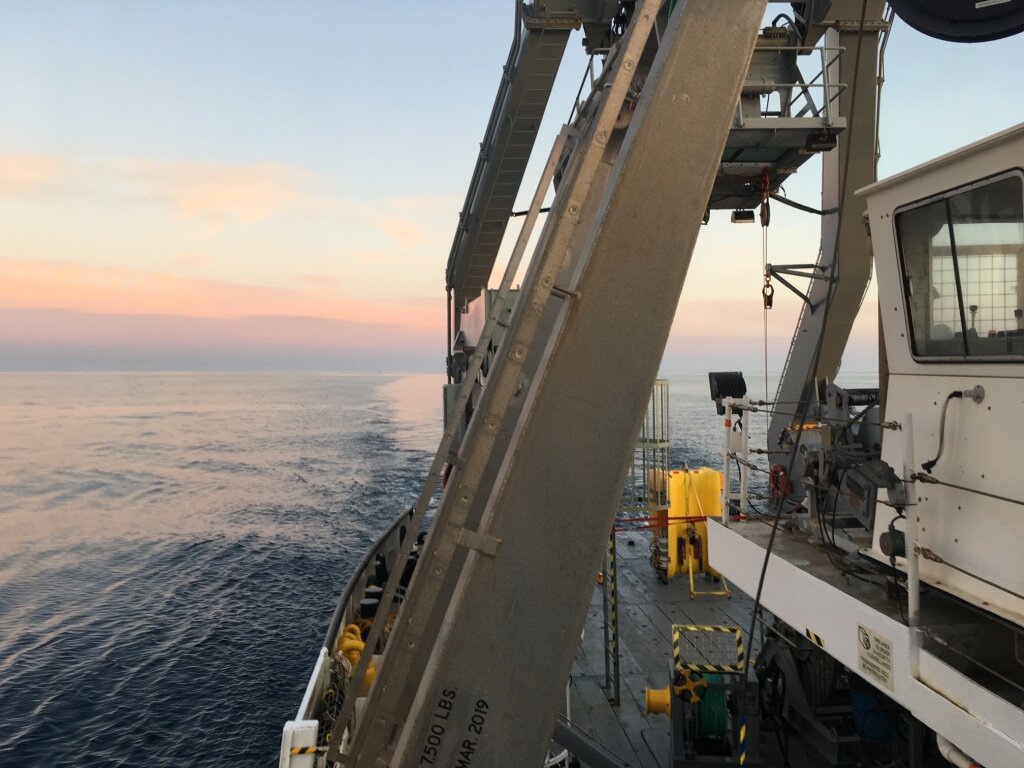
Current Projects
Harmful algal blooms in coastal Georgia
Akashiwo sanguinea captured with the Attune Cytpix
Harmful algal blooms (HABs) are known to negatively impact ecosystem health along the southeastern US, yet monitoring efforts in Georgia (GA) lag behind those conducted in adjacent states, likely resulting in an underestimation of their prevalence in the state. This project will record cell densities of HAB species over a two year period, establish their seasonal timing, and begin to document their relationship with water quality parameters in the Skidaway River Estuary - a model coastal GA estuary. We aim to gain an understanding of the environmental conditions conducive to HAB formation by pairing FlowCAM imaging and water quality monitoring with ‘omic sequencing.
Led by Ph.D student Mallory Mintz. Collaborators: Justin Manley, Katie Higgins (GA Sea Grant & Marine Extension), Liz Harvey (UNH). Supported by SECOORA.
Project page: https://secoora.org/georgia-harmful-algal-blooms/, and data on SECOORA portal
Exploring continental shelf biogeochemistry & microbial ecology
Continental shelves host high levels of primary productivity and carbon export. They are natural biogeochemical gradients where biomass, nutrients, and microbial communities shift with distance from the coastline. We are interested in how changes in macronutrients, trace metals, and physicochemical parameters along shelf influence microbial metabolism and plankton ecology. This project will compare two very different continental shelf ecosystems: the South Atlantic Bight and the Gulf of Mexico. Phytoplankton will be characterized using FlowCam fluid imaging and integrated with zooplankton distributions to determine trophic level interactions. Microbial diversity and community structure will be examined with amplicon sequencing, and microbial interactions with the chemical environment will be interrogated with metatranscriptomics.
Led by postdoc Sean Anderson. Collaborators: Dan Ohnemus (SkIO), Adam Greer (SkIO), Marc Frischer (SkIO). Supported by the Simons Foundation
Mixotrophy in Southern Ocean isolates
Mixotrophs are important members of the microbial community in the Southern Ocean - having the ability to both photosynthesize and consume prey through heterotrophy - and can be responsible for a large amount of microbial community grazing. The Southern Ocean appears to be the only region of the ocean where both dissolved iron (Fe) and manganese (Mn) can be in low enough in surface waters to inhibit photosynthetic growth. We hypothesize that low levels of these trace metal stimulate grazing in Southern Ocean mixotrophs as an alternative strategy to photosynthesis. To test this, the growth rates, grazing rates, and photosynthetic capabilities of three mixotrophs isolated from the Southern Ocean are being analyzed under low iron and manganese conditions in the lab. A transcriptomic analysis will be carried out to explore the metabolic signatures underpinning their trophic behavior and micronutrient status.
Led by Ph. D student Claire Cook. Collaborators: co-PI Nicole Millette (VIMS). Supported by NSF Office of Polar Programs
Methods for measuring mixotrophs & mixotrophy in the field
Mixotrophy is thought to play a pivotal role in shaping carbon and nutrient cycling within the global ocean by increasing trophic transfer efficiency and carbon export to the deep ocean (Ward & Follows 2016). Despite its significance, mixotrophy remains underexplored on a global scale, largely due to challenges associated with detecting mixotrophic activity in situ. To address this gap, we’re investigating mixotrophs in three contrasting oceanographic regions - the New England Shelf, California Current System, and the North Atlantic Oligotrophic Gyre – using two established methods (acidotropic dyes and fluorescently labeled prey). By analyzing data from these regions, we aim to uncover how environmental pressures influence mixotroph abundance and activity. Additionally, this work will contribute to refining best practices for detecting and studying mixotrophy at large spatial scales, paving the way for a deeper understanding of their role in ocean ecosystems.
Led by Ph. D student Claire Cook. Collaborators: Nicole Millette (VIMS), Adrian Marchetti (UNC), Susanne Menden-Deuer (URI), Rickie Ewton (URI), Susanne Wilken (University of Amsterdam). Supported by the Sloan Foundation
Metal physiology of diatoms in the Southern Ocean
Marine diatoms (silicified microeukaryotes) have evolved complex traits and physiologies to survive across the global ocean. As mentioned above, phytoplankton in the Southern Ocean are confronted with multiple sources of nutrient limitation, including light, vitamin B12, iron (Fe), and manganese (Mn), limiting photosynthetic growth over time and space. Trace metals such as zinc (Zn) can be in high concentration, while Mn and Fe are too low to support maximum growth. A similar metal transport system is used for Zn and Mn, and this may result in excess Zn import into cells instead of Mn. The goal of this project is to investigate how metal physiology in Antarctic diatoms differs from temperate (North Atlantic) counterparts. Diatoms will be cultured to determine growth rates, metal uptake, and metal requirements under a matrix of Fe, Zn, Mn, and light conditions. Our lab will conduct transcriptomics to determine how Antarctic diatoms structure metabolic processes under Mn stress, which metal transporters are activated, and how excess Zn is managed.
Led by Ph. D student Lizzy Wu. Collaborator: PI Nick Hawco (Hawaii). Supported by NSF Office of Polar Programs
Shared peptides among marine microeukaryotes
Marine microeukaryotes comprise key members of the marine biosphere, performing primary production, contributing to global respiration, and acting as conduits for carbon transfer. Diverse lineages influence ocean biogeochemistry in distinct ways, for example with ciliates key consumers of plankton, diatoms major global photosynthesizers, and certain haptophytes contributing to calcite production. It is therefore insightful to examine the physiology of these groups in the natural environment using molecular (omic) signatures. Peptides may be shared among these groups due to core protein machinery being evolutionarily conserved, complicating efforts to disentangle metaproteomic signatures among microeukaryote populations in the natural environment. We are leveraging METATRYP2 software built for exploring peptide redundancy in marine prokaryotes to quantify peptide sharing across eukaryotic cultured isolates. We are finding that shared tryptic peptides are generally low among diverse cultured microeukaryotes, supporting genus-level taxon specificity.
Collaborators: Mak Saito (WHOI), Jaci Saunders (UGA)
Metal physiology of phytoplankton in the tropical North Atlantic Ocean
It is presently unclear whether diverse phytoplankton replace metalloproteins containing trace metals in low supply with ones more abundant in the environment. In the tropical Atlantic, trace metal supplies vary annually with higher inputs during the summer in the form of aerosols derived from the Saharan desert plume (Arimoto et al., 1995). We are examining the relationships among iron and cobalt availability, metalloprotein abundance patterns, and biomarkers of nutritional status in the tropical Atlantic Ocean to better discern the influence of seasonally variable trace metal availability on eukaryotic phytoplankton metal metabolism. During February-March 2018, we performed shipboard mesocosm incubation experiments at three locations in the tropical Atlantic: Mauritantian Upwelling Zone (MUZ) off the coast of Cape Verde, the equatorial Atlantic, and river plume (RP)-influenced seawater off the coast of Venezuela. Eukaryotic phytoplankton blooms were induced by adding macronutrients and metals to 10 L of seawater. Metatranscriptomic and metaproteomic analyses will be used to determine which metals may have been limiting to phytoplankton growth at this site. At the ARP site, we fortuitously sampled during a diatom-diazotroph association (DDA) bloom, a symbiosis in which host diatoms contain endosymbiotic nitrogen-fixing (diazotrophic) cyanobacteria as a source of nitrogen in this typically nitrate–limited system. We plan to explore how diatoms and endosymbiotic diazotrophs restructure their nutrient acquisition or assimilation pathways and symbiotic relationship as a function of increased external nutrient supplies.
Collaborators: Eric Webb (USC), Dave Hutchins (USC), Andrew Allen (JCVI), Mak Saito (WHOI).


